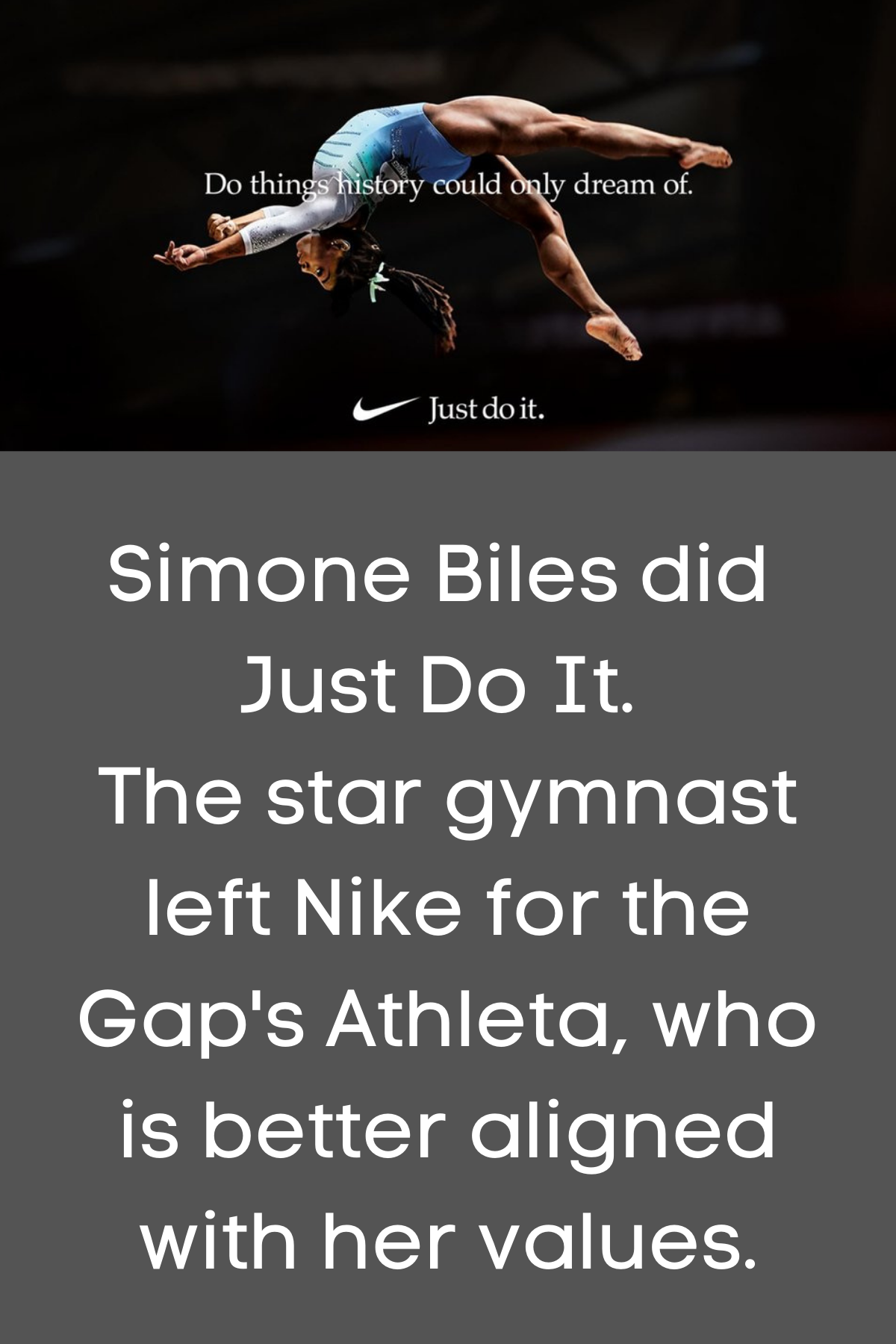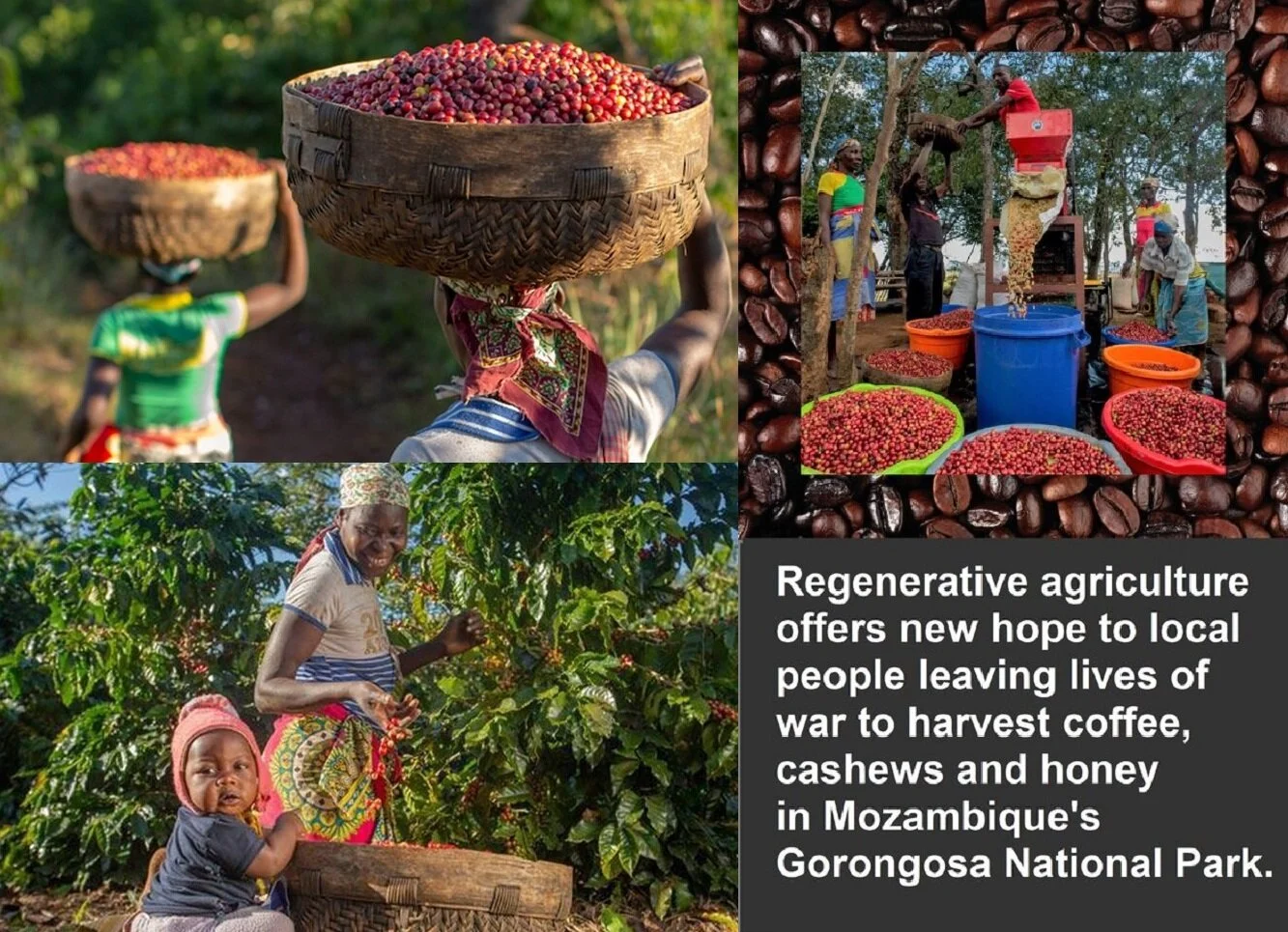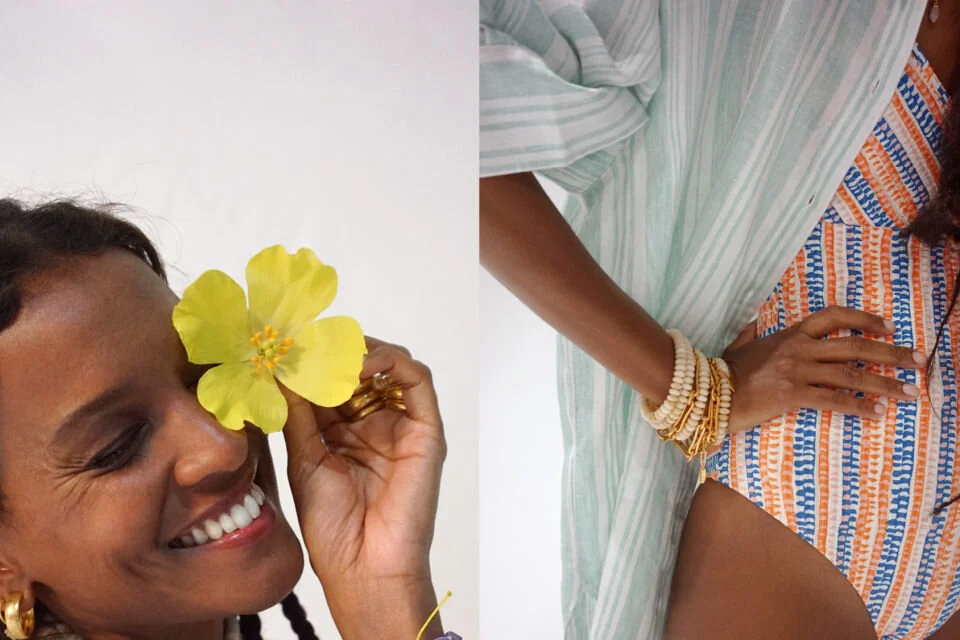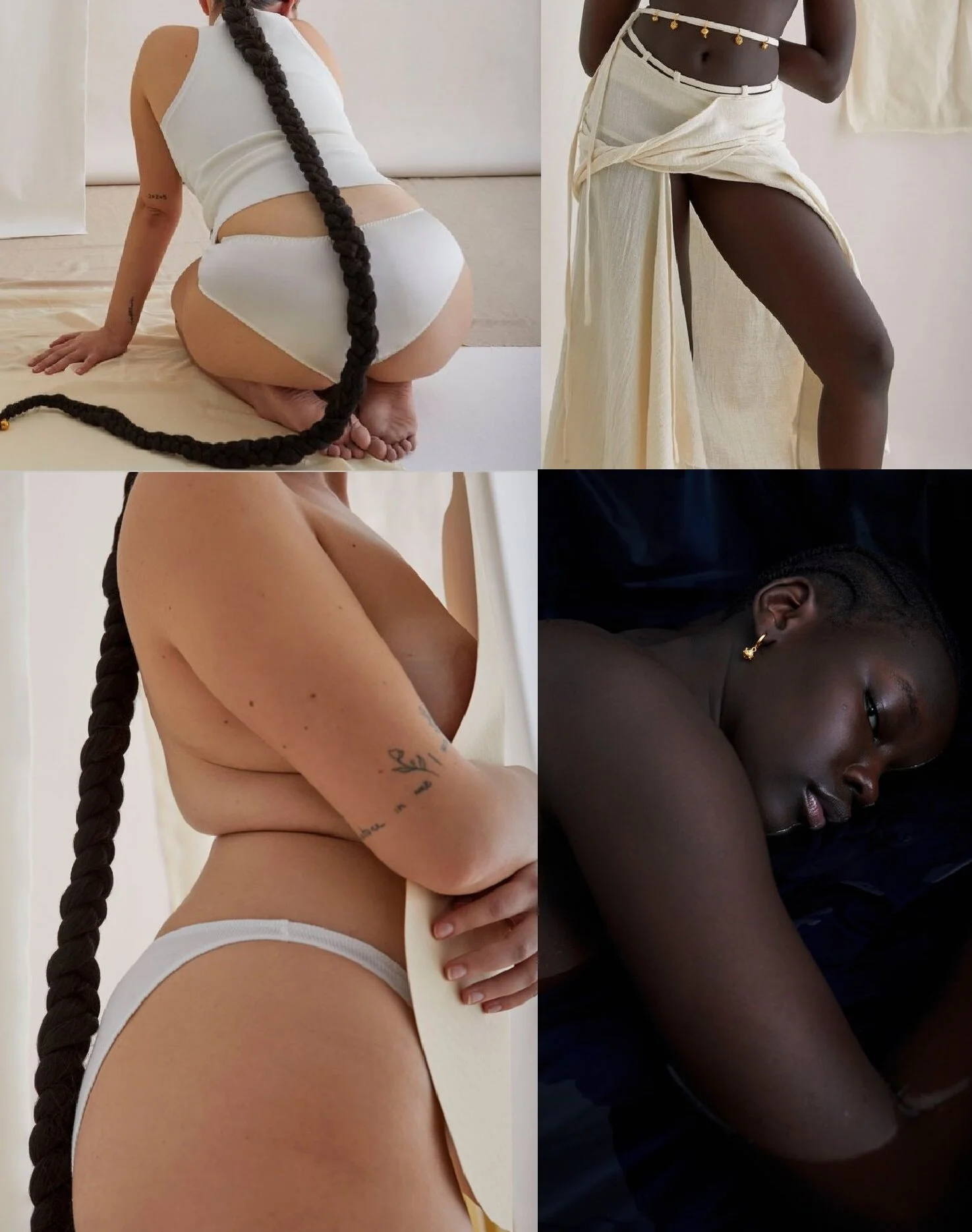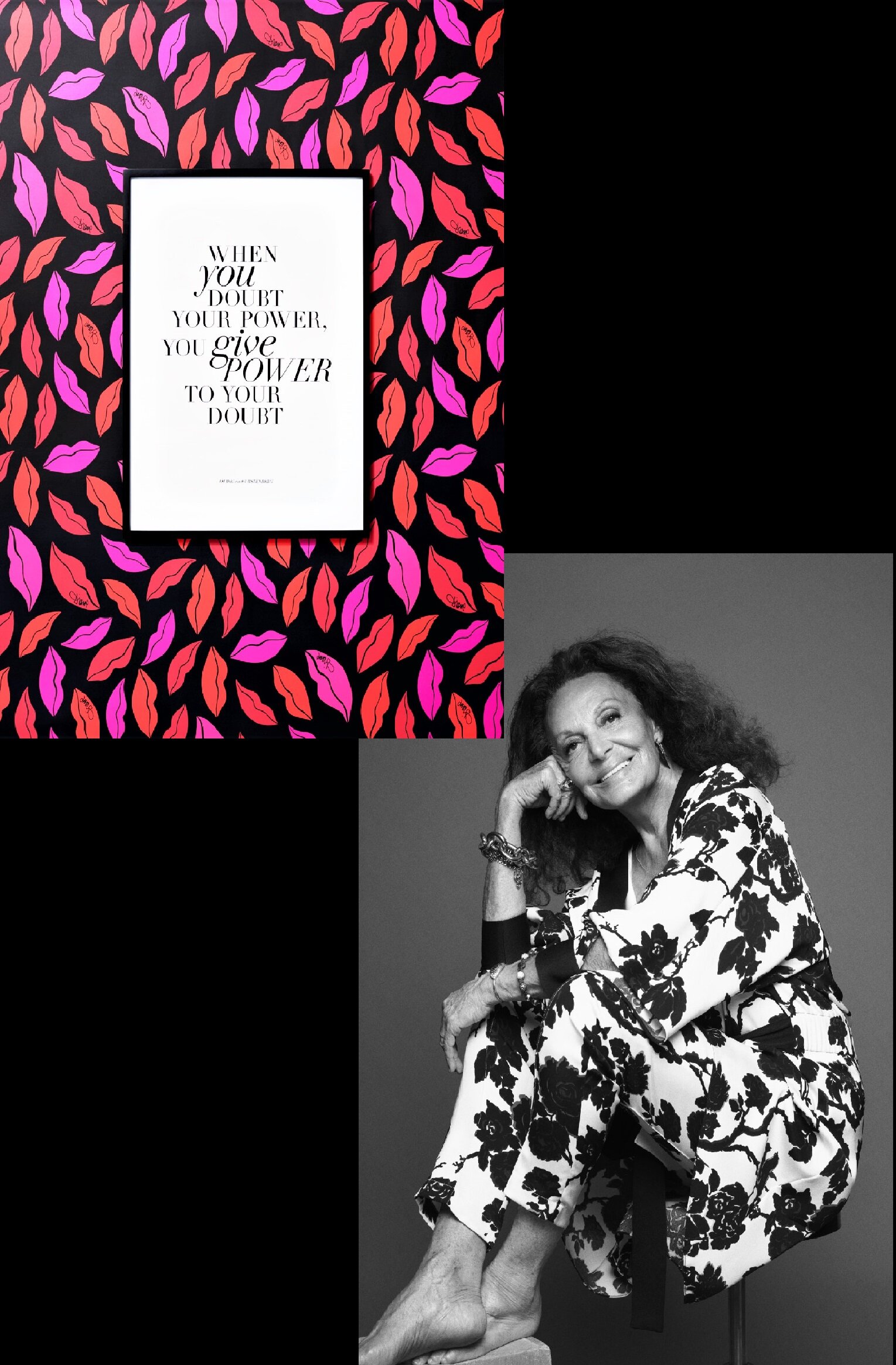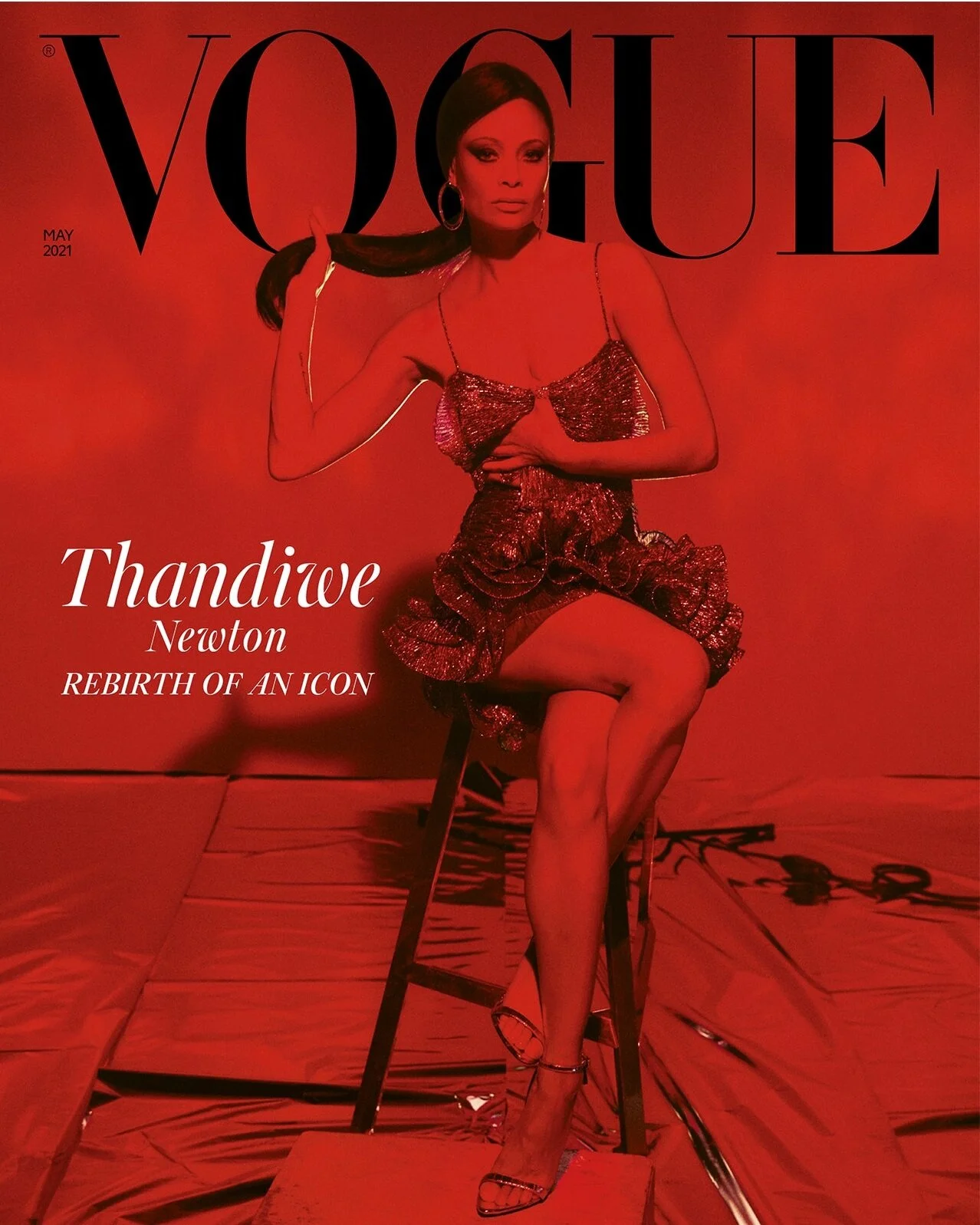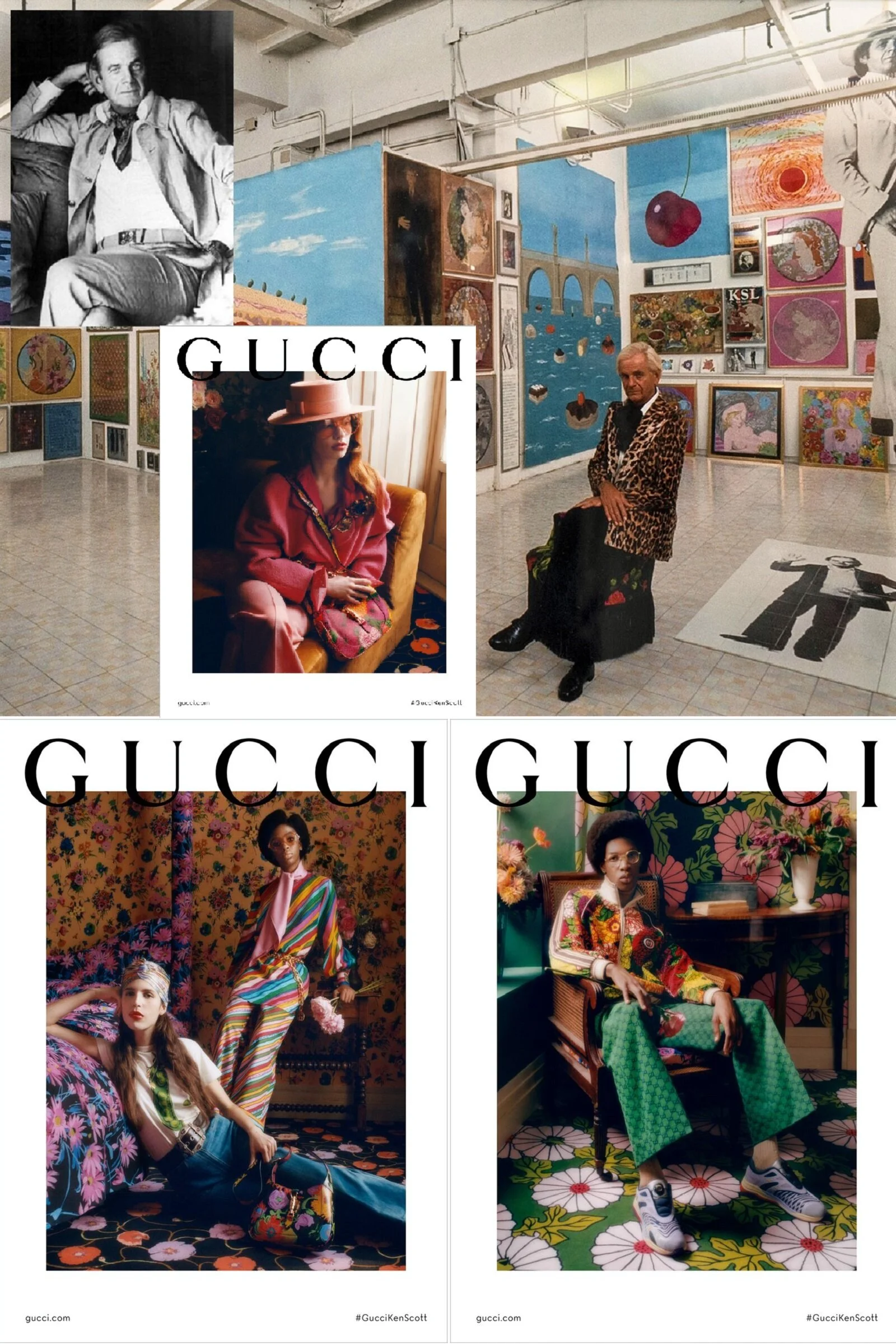Reading Lance Esplund's Review of Bonnard's Show at the Met, Is Better than a Hot Rock Massage.
/Color and form dominate my mind, moreso than the written word. Like explosive triggers, these visual mediums ignite my brain with sensual desire, sometimes leaving me disoriented or making up stories about what is actually in front of me.
 View slide showSeeing the Pierre Bonnard’s “Basket of Fruit: Oranges and Persimmons”, pure, unadulterated pleasure swept through my consciousness, as if I had consumed a fabulous meal in a permier New York restaurant.
View slide showSeeing the Pierre Bonnard’s “Basket of Fruit: Oranges and Persimmons”, pure, unadulterated pleasure swept through my consciousness, as if I had consumed a fabulous meal in a permier New York restaurant.
Typically, I keep these thoughts private … well, as discrete as I ever am, writing on Anne of Carversville, which is very discreet on specifics and the broadstroke painter, with impressions and sensations.
Perhaps this is the esssence of the sensual experience. You don’t need to know the specifics, which trigger only a purient interest in a subject. But the impression of an experience, of a visual image or music … if I can only convey that sensation to you, I am giving you pleasure, too.
Savouring the visual experience of Bonnard’s fruit just now, I gazed at the title of the Wall Street Journal’s review of “Pierre Bonnard: The Late Interiors,” a fierce tour de force at the Metropolitan Museum of Art.
It reads: “The Violent Beauty of Color”.
Wading into the pool of writer Lance Esplund’s words, I expect a typical art review, not a seduction worthy of a Park Avenue call girl.
Esplund submerges me in the very pleasure sensory pleasure, that I try to share with you.
I am an amateur by comparison, but I don’t care. I am Esplund’s cat now, my tail swishing with contentment, as I rest at his feet.
Life is good, even if the world is collapsing around me. For a moment, I’m transported into pure rapture and journalistic ecstasy. Did I actually write that words don’t impact me so much? I lied.
Laugh at me. Go ahead. If cats have orgasms, I am close. Like an exhalted lover, I want to jump on the subway and run to New York’s Metropolitan Museum. There is not enough time today, but I will go soon.
I must experience Bonnard through the writer’s eyes. Like an educated Japanese tourist with her precious little book of all information relevant in life, I will print out Esplund’s review, looking for his insights and impressions, putting together an exhibition jigsaw puzzle defined by his own demons and cherubs, too.
Ah, only one small problem. I doubt they let cats in the museum. I must become ordinary Anne again, at least for one afternoon.
What can I say here. I am punch drunk with pleasure. A

